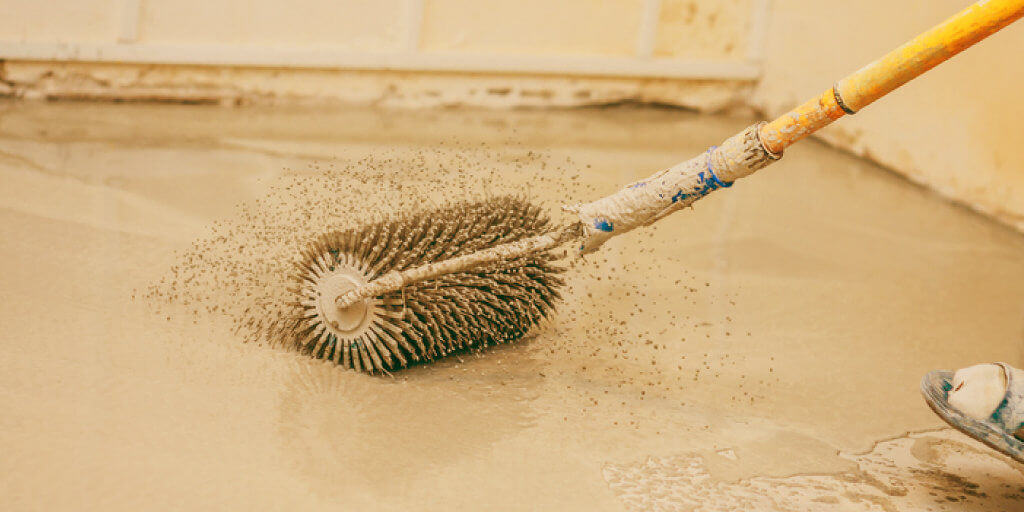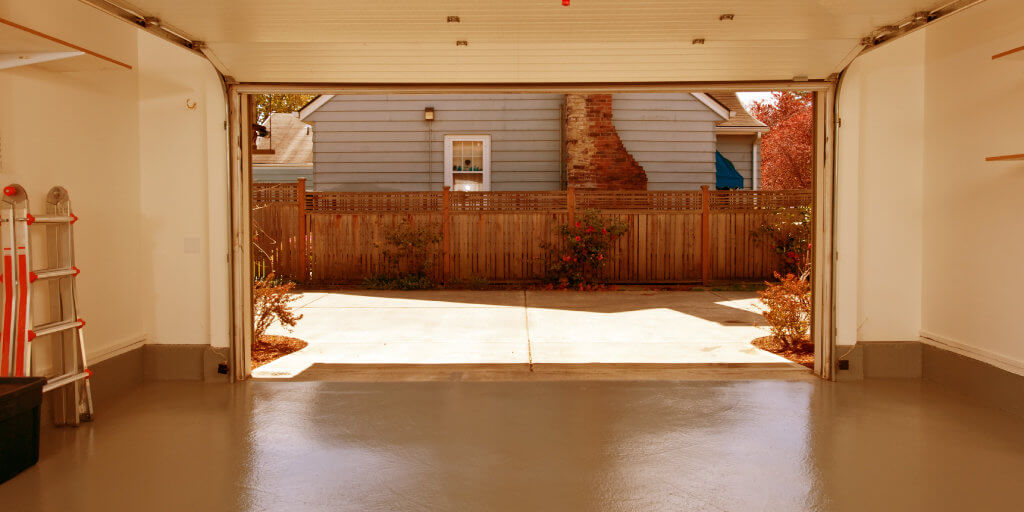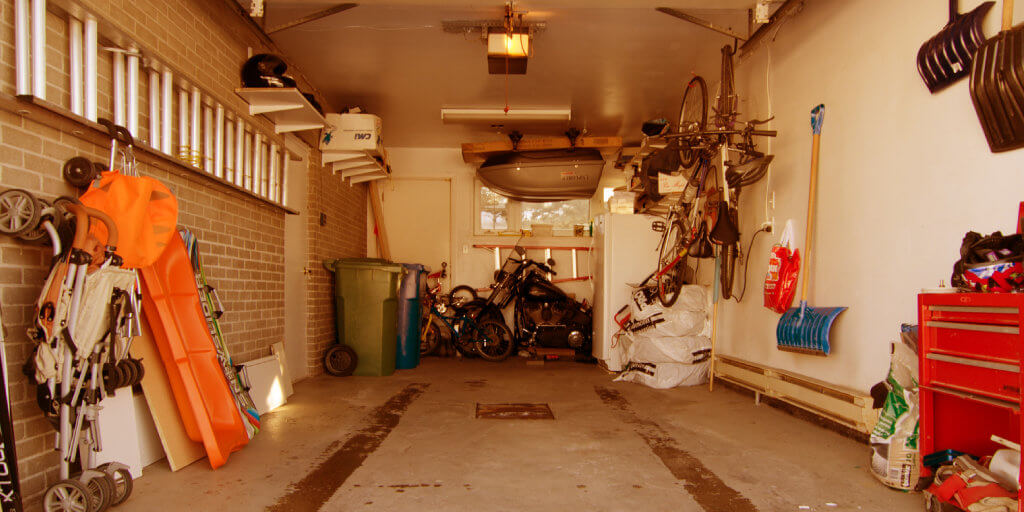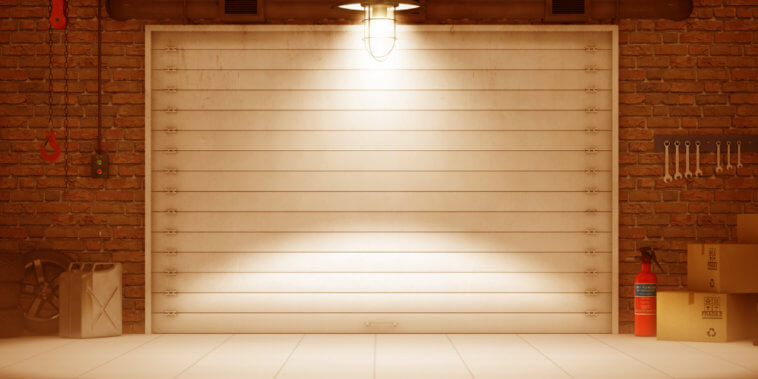Painting Garage Floors
The garage floor is often overlooked when it comes to home improvement projects. However, giving your garage floor a fresh coat of paint can completely transform the space and enhance its overall appearance. Not only does painting the garage floor provide aesthetic benefits, but it also helps protect the surface from stains, spills, and wear and tear. In this comprehensive guide, we will explore the process of painting garage floors, including preparation, suitable paint options, application techniques, and maintenance tips. Whether you have a concrete, epoxy, or even linoleum garage floor, this guide will provide you with the knowledge and inspiration to revitalize your tired garage floor.
Why Paint Your Garage Floor?
Before diving into the process, it's important to understand the benefits of painting your garage floor. Here are some reasons why painting your garage floor is a worthwhile investment:
- Enhanced Aesthetics: A freshly painted garage floor instantly improves the overall look and feel of the space. You can choose from a variety of colors and finishes to match your personal style and complement the rest of your garage.
- Protection Against Stains and Damage: Painting the garage floor adds a layer of protection against oil spills, chemicals, and other common garage substances. The paint acts as a barrier, preventing stains and making it easier to clean up any messes.
- Increased Durability: A properly painted garage floor is more resistant to wear and tear, such as cracks, chipping, and abrasions. The paint helps seal the surface, making it more durable and extending its lifespan.
- Improved Safety: Some paint options for garage floors come with anti-slip properties, providing better traction and reducing the risk of accidents or falls.
- Ease of Maintenance: Painted garage floors are generally easier to clean and maintain. Regular sweeping and occasional mopping are usually sufficient to keep the floor looking fresh and tidy.

Preparing Your Garage Floor for Painting
Proper preparation is crucial for a successful garage floor painting project. Follow these steps to ensure your floor is ready for paint:
- Clear the Garage: Remove all items from the garage, including vehicles, tools, and storage items. This will provide you with a clean, empty space to work on and prevent any obstacles during the painting process.
- Clean the Floor: Thoroughly clean the garage floor to remove any dirt, dust, grease, or stains. Sweep the floor, use a degreaser or cleaner to remove any oil or grease spots, and consider power washing for a more thorough clean. Allow the floor to dry completely before moving on to the next step.
- Repair Any Damages: Inspect the floor for any cracks, chips, or uneven areas. Repair these damages using appropriate concrete repair products or fillers. Smooth out the repaired areas and ensure they are level with the rest of the floor.
- Etch or Acid Wash (if necessary): If you have a smooth or sealed concrete floor, it may require etching or acid washing to create a suitable surface for paint adhesion. Follow the manufacturer's instructions for the etching or acid washing process, making sure to wear protective gear and work in a well-ventilated area.
- Test for Moisture: Check the moisture level of your garage floor by performing a moisture test. Excessive moisture can interfere with paint adhesion and cause peeling or bubbling. If moisture is present, consider applying a moisture barrier before painting.
- Mask and Protect: Use painter's tape and plastic sheeting to mask off any areas you don't want to paint, such as walls, baseboards, and doors. Cover any exposed surfaces or objects to protect them from accidental paint splatters.

Choosing the Right Paint for Your Garage Floor
Selecting the appropriate paint for your garage floor is crucial for achieving a long-lasting and durable finish. Consider the following factors when choosing the right paint:
- Floor Material: Determine the material of your garage floor, as different paints are suitable for different surfaces. Common garage floor materials include concrete, epoxy, and even linoleum. Ensure the paint you choose is compatible with your floor type.
- Traffic and Usage: Consider the level of traffic and usage your garage floor typically experiences. If your garage is primarily used for parking vehicles and light storage, a standard garage floor paint may suffice. However, if you have a high-traffic garage or anticipate heavy use, an epoxy-based paint or specialized garage floor coating may be more suitable.
- Paint Type: There are various paint options available for garage floors, including latex-based, epoxy-based, and polyurethane-based paints. Each type has its advantages and considerations, such as durability, ease of application, and resistance to chemicals or abrasions. Evaluate the pros and cons of each type and choose the one that best meets your needs.
- Finish and Color: Decide on the desired finish and color for your garage floor. While the color is a matter of personal preference, it's recommended to choose lighter shades or speckled finishes, as they tend to hide dust and dirt more effectively.
- Additional Features: Consider additional features or properties you may want in your paint, such as anti-slip additives, moisture resistance, or quick-drying formulas. These features can enhance safety, durability, and the overall performance of your painted garage floor.

Painting Techniques and Application
Once you have prepared the floor and chosen the appropriate paint, it's time to apply the paint to your garage floor. Follow these steps for a successful painting process:
- Read and Follow Instructions: Carefully read and follow the manufacturer's instructions on the paint can or packaging. Each paint product may have specific guidelines and recommendations for application, drying times, and any necessary primers or base coats.
- Mix the Paint (if required): If your paint requires mixing or activating before use, follow the instructions provided. Thoroughly mix the paint using a stirring stick or drill with a mixing attachment, ensuring all components are well incorporated.
- Start with a Primer (if required): Depending on the type of paint you're using and the condition of your garage floor, a primer or base coat may be necessary. Apply the primer according to the manufacturer's instructions, using a brush or roller. Allow the primer to dry completely before proceeding to the next step.
- Apply the Paint: Begin applying the paint to your garage floor using a roller or brush. Work in small sections, starting from a corner and gradually moving toward the exit. Apply an even coat of paint, using long, overlapping strokes to ensure uniform coverage.
- Use Cut-In Techniques: When painting along walls or edges, use a brush or smaller roller to cut in and create clean, precise lines. This will help achieve a professional-looking finish.
- Allow Proper Drying Time: Follow the recommended drying times provided by the manufacturer. Ensure the floor is completely dry and cured before subjecting it to any foot traffic or moving items back into the garage.

Maintaining and Caring for Your Painted Garage Floor
To prolong the life and appearance of your painted garage floor, regular maintenance is essential. Here are some tips to help you maintain your newly painted surface:
- Avoid Harsh Chemicals: Avoid using harsh chemicals or abrasive cleaners on your painted garage floor, as they can damage the paint and compromise its durability. Stick to mild detergents or specialized garage floor cleaners for routine cleaning.
- Clean Spills Promptly: Promptly clean up any spills or stains on the floor to prevent them from penetrating the paint and causing permanent discoloration. Use a mop or absorbent cloth to wipe up spills as soon as possible.
- Regular Sweeping and Mopping: Regularly sweep or dust mop the floor to remove dirt, dust, and debris. Periodically damp mop the floor using a mild cleaner to keep it looking fresh and maintain its shine.
- Protect the Floor: Place protective mats or rugs in high-traffic areas or under vehicles to minimize the risk of scratches or abrasions. Use furniture pads or casters on heavy objects to prevent them from scratching or denting the painted surface.
- Periodic Touch-ups: Over time, your garage floor may experience normal wear and tear, including small chips or scuffs. Perform periodic touch-ups by spot-painting these areas to maintain the overall appearance and protection of the floor.
Conclusion
Painting your garage floor is a worthwhile home improvement project that can breathe new life into your garage space. Whether you have a concrete, epoxy, or linoleum floor, the process of painting your garage floor can transform it from dull and worn to fresh and vibrant. By following the steps outlined in this guide, including proper preparation, choosing the right paint, using correct application techniques, and implementing regular maintenance, you can enjoy a beautifully painted garage floor that adds value to your home and provides a clean, durable surface for years to come.
Sources








great site lots of imformation